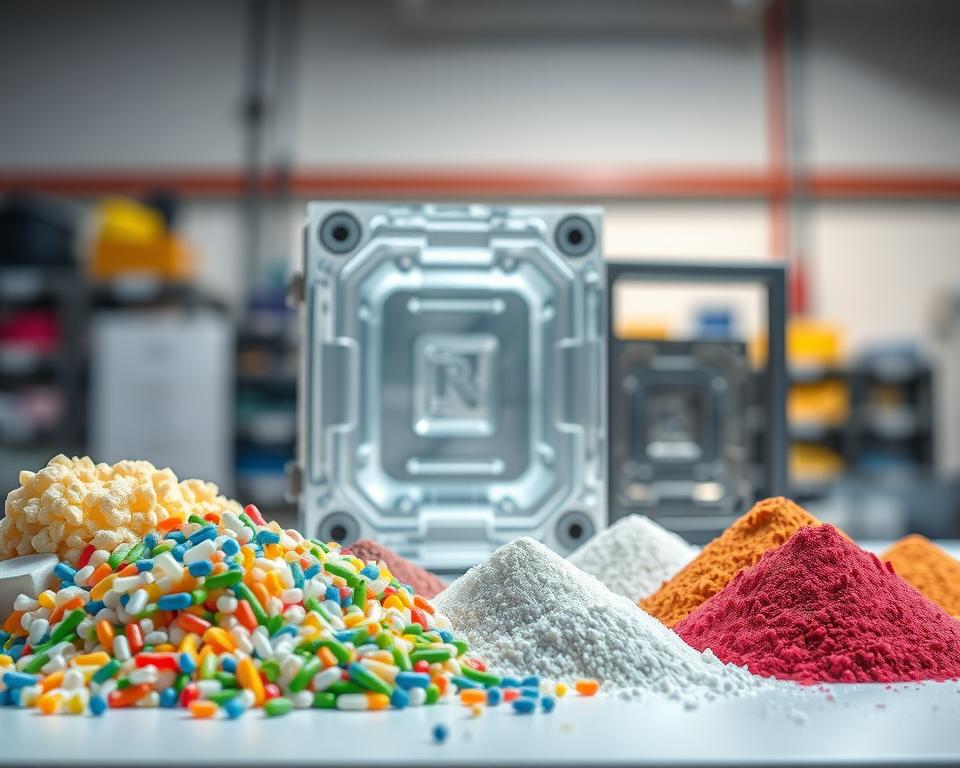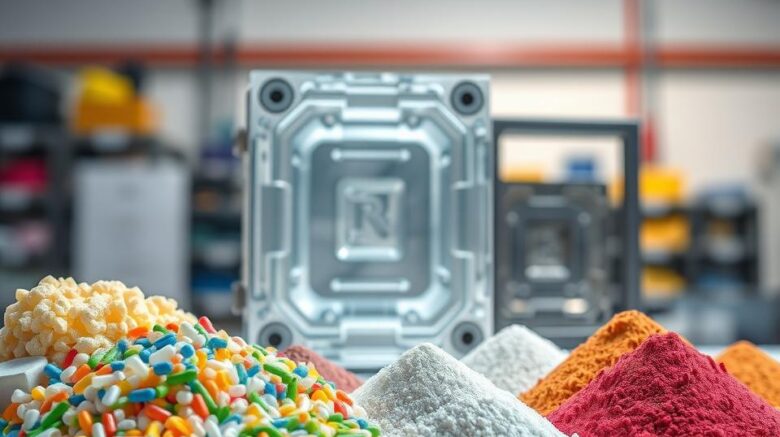China Injection Molding Sourcing: A Complete Guide
Well, the major meeting has just concluded. your new project has the green light, time is pressing, and funding is, to put it mildly, limited. Then a voice—perhaps your manager or the CFO—drops the line that gives every project manager a shock: “We should look at sourcing this from China.”
Of course, you acknowledge. It seems sensible at first glance. The potential savings can be massive. Yet your thoughts are already spinning. You’ve heard all the horror stories, right? The nightmare of defective parts, opaque communication, and delayed, off-spec shipments. It’s like balancing on a tightrope between a massive cost advantage and project disaster.
However, here’s the reality. Sourcing plastic mold company doesn’t have to be a gamble. It’s a project, just like any other. And like any project, it succeeds or fails based on the process you follow. It’s not just about the lowest bid but selecting the best partner and overseeing every step. Forget the horror stories. Let’s go through a step-by-step guide to succeed.

Initial Step: Prepare Your Information
Before you even whisper the word “supplier” or open a browser tab to Alibaba, you need to get your own house in order. Honestly, more than half of all overseas manufacturing problems start right here, with a weak or incomplete information package. You can’t expect a factory on the other side of the world to read your mind. Sending a vague request is like asking a builder to quote you for “a house.” The replies will range from absurdly low to exorbitant, none of which help.
Aim to craft an RFQ package so precise and comprehensive it leaves no room for error. It’s the cornerstone of your entire effort.
What should you include?
First, your 3D CAD files. They’re essential. Provide files in common formats (e.g., STEP, IGS) to prevent import issues. This is the master blueprint for your part’s geometry.
Yet 3D models don’t cover everything. You also need detailed 2D drawings. This is where you call out the stuff that a 3D model can’t communicate. Think tolerances, material grades, finish specs, and any feature-critical notes. Any seal surfaces or critical hole sizes must be clearly labeled.
After that, material choice. Don’t just say “Plastic.” Don’t even just say “ABS.” Be specific. Specify SABIC Cycolac MG38 in black, if that’s the resin you need. Why be exact? Because there are thousands of plastic variations. Naming the precise grade locks in the mechanical, thermal, and aesthetic properties you need with what is plastic mold.
Your supplier might propose substitutes, but you must set the baseline.
Lastly, add your business data. State your EAU. They need clarity: is it 1,000 total shots or a million units per annum? The tool design, the number of cavities, and the price per part all hinge on this number.
The Great Supplier Hunt
With your RFQ perfected, who will you target? The internet has made the world smaller, but it’s also made it a lot noisier. Finding suppliers is simple; finding quality ones is tough.
You’ll probably kick off on Alibaba or Made-in-China. They offer breadth but not depth. Use them to build a shortlist, not the final list. You’ll want to quickly build a list of maybe 10 to 15 companies that look promising.
But don’t stop there. Perhaps hire a local sourcing specialist. True, they charge a fee. But a reputable agent brings pre-screened factories. They handle local liaison and oversight. For a first-time project, this can be an invaluable safety net. Consider it timeline insurance.
Another tactic: trade exhibitions. If you have the travel budget, attending a major industry event like Chinaplas can be a game-changer. Meeting onsite is unbeatable. You can handle sample parts, meet the engineers, and get a gut feeling for a company in a way that emails just can’t match. Also, leverage the tried-and-true referral network. Tap your professional contacts. Peer endorsements carry huge weight.
Sorting the Contenders from the Pretenders
Now you have your long list of potential suppliers and you’ve sent out your beautiful RFQ package. the quotes will start trickling in. You’ll see ridiculously low offers and steep quotes. Your job now is to vet these companies and narrow it down to two or three serious contenders.
How to proceed? It blends technical checks with intuition.
Begin with responsiveness. Do they respond quickly and clearly? Is their English good enough for complex technical discussions? The true litmus: are they raising smart queries? The best firms will question and suggest. Example: “Should we add draft here for better ejection?” or “Your tolerance may require extended CMM time—okay?” This is a massive green flag. It proves their expertise and involvement. A supplier who just says “No problem” to everything is a walking red flag.
Then confirm their machinery specs. Get their tooling inventory. More importantly, ask for case studies of parts they’ve made that are similar to yours in size, complexity, or material. A small-gear shop won’t cut it for a big housing.
Then comes the audit. This is not optional. You would never hire a critical employee without an interview, so why would you send tens of thousands of dollars for a tool to a company you’ve never truly vetted? Either visit in person or engage a local audit service. They dispatch an on-site auditor for a day. They confirm legitimacy, audit ISO 9001, inspect equipment condition, and gauge the facility. That small investment can save you thousands.
Transforming CAD into Real Parts
After picking your vendor, you agree on 50% deposit to start toolmaking and 50% balance after sample sign-off. Then comes the real action.
Your supplier’s first deliverable is a DFM analysis. DFM means Design for Manufacturability. It’s their professional review of your CAD. They’ll flag thick sections prone to sink, sharp edges that stress, or insufficient draft. A detailed DFM shows expertise. It’s a two-way partnership. You work with their engineers to refine the design for optimal production.
Once the DFM is approved, they’ll start cutting steel to make your injection mold tool. Weeks on, you receive the thrilling “T1 samples shipped” notification. These represent the first trial parts. It’s your first real test.
Be prepared: T1 samples are almost never perfect. This is normal! There will be tiny imperfections, a dimension that’s slightly out of spec, or a blemish on the surface. You supply feedback, they tweak the tool, and T2 plastic mold in China samples follow. It could require several iterations. Build buffer time for sample iterations.
Eventually, you will receive a part that is perfect. Dimensions, finish, and performance all check out. This is now the benchmark sample. You sign off, and it serves as the master quality reference.
Crossing the Finish Line
Landing the golden sample is huge, yet the project continues. Next up: mass manufacturing. How do you maintain consistency for part 10,000?
Implement a robust QC plan. Typically, this means a pre-shipment audit. Again, you can hire a third-party service. They’ll sample parts, check dimensions and finish versus your drawings and golden sample, and report. They’ll send you a detailed report with photos and measurements. Only after you approve this report do you authorize the shipment and send the final payment. This audit shields you from mass defects.
Don’t forget shipping details. Understand the shipping terms, or Incoterms. Does FOB apply, passing risk at the ship’s rail? Or EXW, shifting all transport to you? Your Incoterm selection drives landed expenses.
China sourcing is a long-haul effort. It relies on partnership-building. View them as allies, not vendors. Open dialogue, trust, and rigorous procedure deliver results. Certainly, it’s complex. But with this roadmap, you can succeed, achieve savings, and maintain quality. You’re ready.
